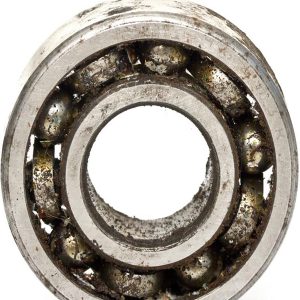When a bearing is damaged during operation, it will lead to the whole machine or equipment being damaged. Once the bearing is prematurely damaged or causes undesirable problems, it is important to be able to identify and anticipate failures before they occur, in order to take prompt corrective actions. Usually, checking the bearing or bearing can identify the cause of the damage. Common causes of bearing failures are poor lubrication, incorrect assembly, incorrect bearing selection, poor shaft and bearing understanding. The cause can also be determined by examining the performance of the bearing before it fails, analyzing the lubrication and installation status, and carefully observing the damaged bearings. Some bearings get damaged quickly, but this early failure differs from fatigue. Damaged bearings are divided and classified into 2 types of failures:
* Premature failure of bearings due to malfunction
* Natural damage due to fatigue when there is metal contact.




















